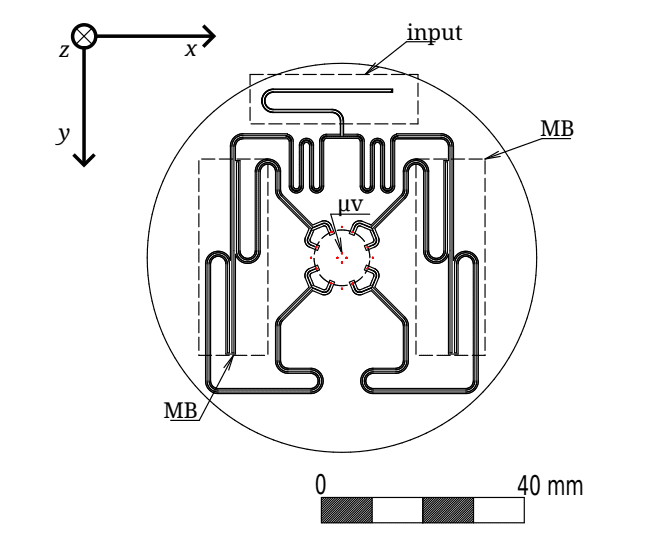Controlling both electrons and ions within a single trap represents a significant challenge in the pursuit of advanced computing and precision measurements, and now, Niklas Lausti, Vineet Kumar, and Ivan Hudák, from Charles University, along with colleagues including Michal Tarana and Michal Hejduk, present a detailed roadmap for building a novel device to achieve this. The team successfully designs a planar electron-ion point Paul trap, offering a large trapping volume positioned well above the electrode surface, and crucially, provides a practical guide to its manufacture using readily available materials. This innovative approach, utilising laser-machined glass substrates and copper coating, overcomes limitations of previous designs and establishes a forward-compatible platform for exploring mixed-species quantum systems, paving the way for breakthroughs in areas such as quantum information processing and fundamental physics. The research also addresses the issue of electron stability within the trap, suggesting future enhancements using superconductive films to further improve performance.
Ion Traps and Quantum Sensing Technologies
Research in ion trapping, quantum sensing, and microfabrication is driving advancements in quantum technologies. A key focus is building and improving ion traps for use as qubits in quantum computers, with significant attention given to trap design, control, and minimising decoherence. Miniaturisation through microfabrication techniques aims for smaller, more scalable, and integrated designs, while mitigating decoherence involves exploring surface cleaning, coating, material selection, and electric field noise reduction. Beyond computing, trapped ions are increasingly utilised for quantum sensing applications, such as precise measurements of electric and magnetic fields.
Co-trapping Ions and Electrons in Micro-mechanical Systems
This research details the development of a micro-mechanical system designed to co-trap laser-cooled ions and electrons, offering a potential platform for future computing and research. The team successfully outlines a method for controlling the state of this mixed-species trap and presents a blueprint for a scalable design, notable for its planar configuration and substantial trapping volume positioned well above the electrode plane. A key achievement lies in the fabrication method, utilising copper-coated, laser-machined glass substrates compatible with high-power microwave signals. The research addresses a significant challenge in trap design, namely achieving a uniform electric field distribution to ensure stable trapping, and substantially improved field uniformity through detailed simulations and a novel electrode configuration. While initial experiments are feasible with the current design, the authors acknowledge limitations and suggest that incorporating superconductive films could further enhance trapping capabilities.
